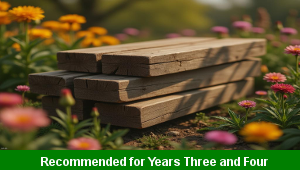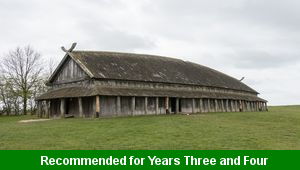Lesson Four – Crucifixion Report

This religious education teaching pack for Key Stage Two gets the children to practise using information extracted from the four Gospels to write an example news report about how Jesus was crucified by the Romans.
The class can identify and describe how the Gospels in the New Testament illustrate events in the life of Jesus from different viewpoints to show their meaning and importance.
Download this teaching pack including a lesson plan, classroom activities and an interactive presentation to practise using information extracted from the four Gospels to write an example news report about how Jesus was crucified by the Romans
Activities in this teaching pack include a shared reading text to describe how a story about Jesus is presented in a gospel in the Bible, worksheets to compare and record how a story about how Jesus was crucified by the Romans is presented in the four gospels and a template to use information extracted from the four Gospels to write a news report about a significant event in the life of Jesus.
The interactive presentation can be used to explore how to use information extracted from the four Gospels to write a news report about how Jesus was crucified by the Romans.
This lesson is part of a religious education scheme of work to get the children to investigate how the story of Jesus and the development of Christianity is presented in the New Testament including the idea that Jesus brought light into the world. There are teaching activities for shared learning, differentiated worksheets to support independent learning and interactive presentations to introduce concepts and key skills.
-

Division Remainders
Explain and model how to solve contextual and abstract problems when dividing two and three digit numbers by single digit numbers with remainders
-

Rainforest Conservation
Identify, illustrate and debate some of the different reasons as to how and why tropical rainforests should be protected and conserved for the future
-

New Start
Explore how to prepare for and deal with some of the new events and special occasions that someone might experience in life
-

Viking Settlement
Explore how the Vikings settled and built communities in Britain in the past by referencing their culture and traditions
